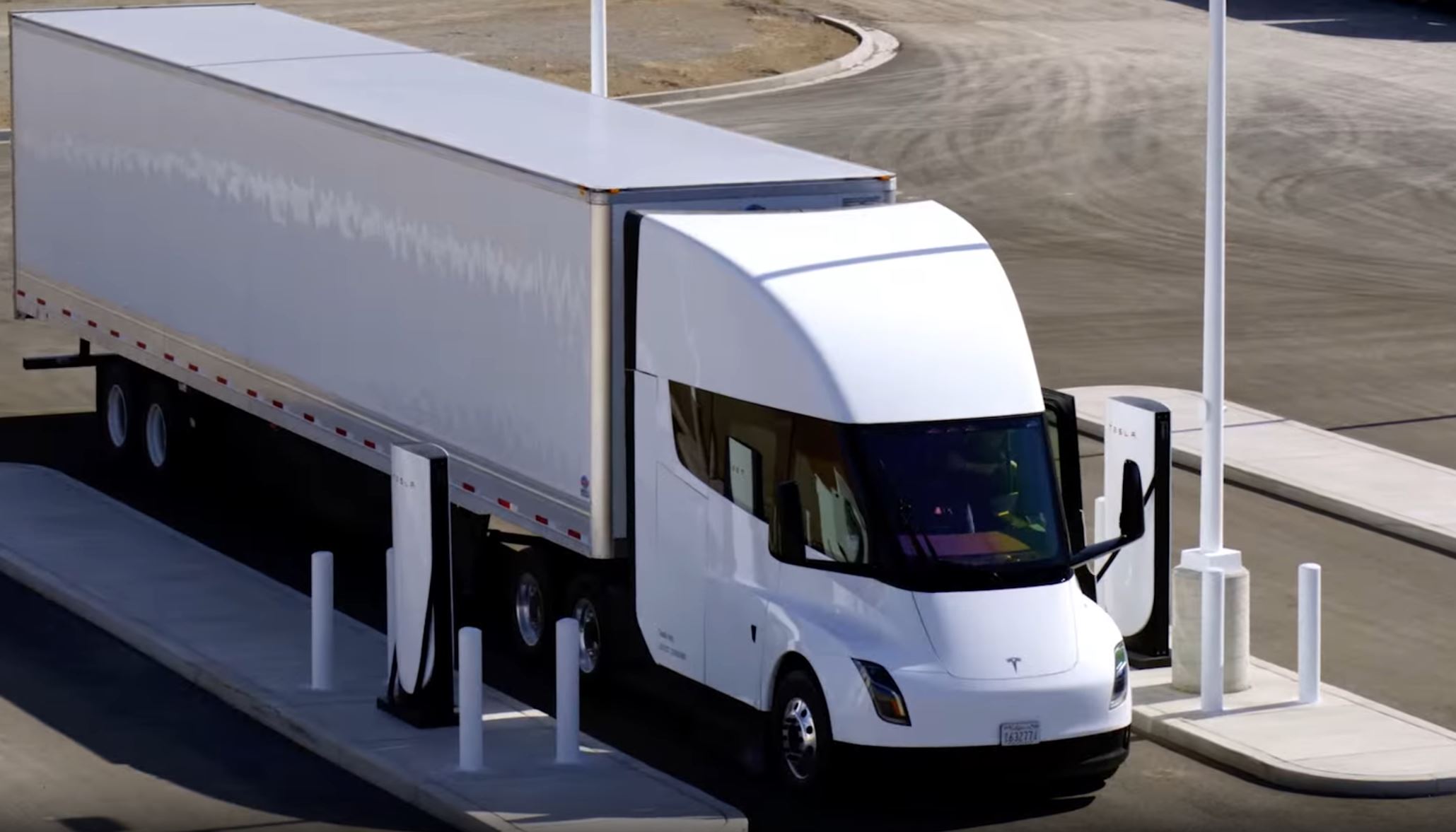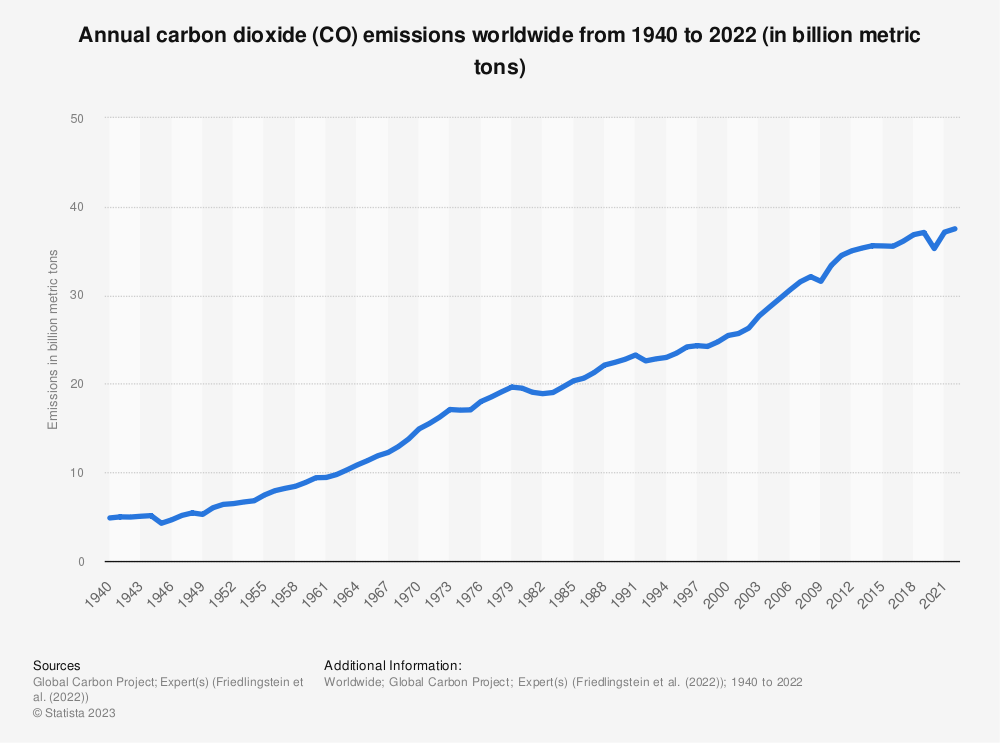
Climate change is about as dire as any other problem on the face of the Earth and global trade makes up for a whopping 20-30% of global carbon emissions. Scientists and governments are working on ways to drastically reduce these emissions, but there is a ton of work to be done.
Finally, some corporations are acquiescing to the demands of the climate change fight, albeit slowly. This is often in a bid to either remain compliant with countries they operate in or to improve their brand’s image.
Amazon’s Journey to Net-Zero Emissions Has Already Begun
Amazon, which creates a significant amount of carbon emissions due to its massive transportation network, is now trying to reach net-zero emissions by 2040.
Its first and most impactful major move in this direction was its decision to transition to electric delivery trucks. Surprisingly, the company chose to work with the new luxury EV maker, Rivian.
Rivian is not as new as most people think, however. Even though it didn’t release its first production consumer vehicles until 2021 with its luxury truck the R1T, the company was formed back in 2009.
Likely because of how long it worked on its first consumer product, the R1T turned out to be an incredible vehicle and was an immediate hit with customers (despite its nearly $75k price tag).
You can check out the impressive feat of technology that is the Rivian Amazon delivery truck in detail in a review by one of the most popular car reviewers in the world, YouTuber Doug DeMuro.
The first group of 300 trucks should start popping up in Munich and more are soon to come. It already has 3,000 Rivian vans delivering in the US but it has ordered a whopping 100,000 in total, which Rivian is expected to finish production of by 2030.
What Else Can Be Done to Lower Trade Emissions?
Amazon’s move to electric vehicles could be a reasonably impactful move to fight climate change but much more needs to be done. It may be a goliath of transporting goods but it still only makes up a small portion of the world’s total emissions. It released 71.54 million metric tons in 2021 but compared to the 36.3 billion tons of carbon emissions released globally that year, it doesn’t seem like much. That’s just under 0.2% of global emissions that year.
It’s also important to remember that Amazon hasn’t actually reduced its emissions yet. In fact, they grew by 18% from 2020 to 2021.
So if Amazon electrifying its fleet isn’t going to put much of a dent into climate change, experts are asking, what will? Unfortunately, global trade, which makes up about 20-30% of global emissions every year, is going in the wrong direction.
This may seem surprising to some as we constantly hear of new electric freight trucks and other ‘solutions’ to help fight climate change but it clearly hasn’t been enough. 2 major trends in the world are doing much more damage than these innovations are doing to help the situation: fragmentation of production processes and high demand for fast deliveries.
The International Transport Forum expects that emissions from freight transport will rise fourfold between 2010 and 2050. Fragmentation of supply chains and demand for rapid delivery are expected to be major factors, especially in countries that must rely on trucking, the most carbon-intensive form of freight transport by a large margin.
This seems like a nearly impossible problem to solve as it could involve forcing companies to simplify and concentrate their production processes but that isn’t the only way to reduce freight emissions.

The best way to reduce freight emissions is likely to use cleaner, more efficient freight vehicles. Electric vehicles powered by renewable energy would be the gold standard but the world can’t build enough complex, expensive EV trucks, trains, or other vehicles fast enough to even come close to replacing the current fleet.
However, there is at least 1 option that could significantly reduce freight emissions without developing and building a new global fleet of expensive EVs and shockingly few pundits and advocates are talking about it: striking down the Jones Act (shorthand for the Merchant Marine Act of 1920).
The Jones Act and Its Effects on Americans and the World
The Jones Act is an archaic protectionist US law that has laid an unnecessary burden on the country as well as the world and climate at large. In the US, to ship goods between US ports, the ship must be US-owned, US-made, US-crewed, US-registered, and US-built.

The intention behind the law was to protect and build out the US maritime and ship-building industry but now there is basically nothing to protect. The US builds fewer than 10 commercial cargo vessels each year. Compared to the more than 50,000 active oceangoing commercial vessels, this is rather pathetic.
The Jones Act causes a myriad of deleterious effects to the US with the most direct and obvious being transportation costs. The US is absolutely covered in rivers with over 250,000 coursing over 3 million miles but only the measly fleet of less than 200 US-registered commercial vessels can actually ship between US cities. And some of these ships don’t even fit all the requirements such as a fully American (US citizen or permanent resident) crew.
Boats are tremendously more efficient and clean than trucks and even trains. They are twice as efficient as a typical train and nearly 20 times as efficient as typical trucks. This means that the massive restrictions on domestic transportation under the Jones Act increase both carbon emissions and transportation costs dramatically.
The law has also caused other, less obvious and yet still disastrous consequences. American islands and territories like Puerto Rico have been suffering from shockingly high transportation costs caused by the Jones Act.
The Jones Act (and the Passenger Services Act) in practice only increases the cost of living for people in Alaska, Hawaii, Puerto Rico…
If there were more US-built, -owned and -crewed ships, it might work better, but there simply aren’t. https://t.co/9R0W9bKjtl
— Henry Cole (@Phrozen_) July 4, 2023
Even though it is just a US territory, it still falls under the same shipping restrictions. Residents have to pay drastically higher prices for American goods because they must be shipped by the minuscule fleet of commercial vehicles allowed to transport them.

The consequences turned especially dire after the devastating hurricane that crippled the territory desperately necessitated aid from the mainland. Then President Trump waived the act to help get aid into the country as fast and as cheaply as possible but the politics of these waivers aren’t so simple.
They put the president at odds with the tiny fleet of US-registered ships as well as maritime unions and the US shipping industry (both shipping and shipbuilding companies).
The political pressure (imagined or not) from these groups is likely helping to prevent the political class from finally removing the archaic law or even talking about the damage it inflicts on the American people. Now that it is a relatively easy change to make a significant difference in the fight against climate change, activists can only hope that this trend is reversed and the act is repealed.
Related Articles:
- How to Buy Amazon Stock in 2023
- Rivian Teases R2 SUV, Its Next-Generation Platform Slated to Be More Affordable Than R1S
What's the Best Crypto to Buy Now?
- B2C Listed the Top Rated Cryptocurrencies for 2023
- Get Early Access to Presales & Private Sales
- KYC Verified & Audited, Public Teams
- Most Voted for Tokens on CoinSniper
- Upcoming Listings on Exchanges, NFT Drops
